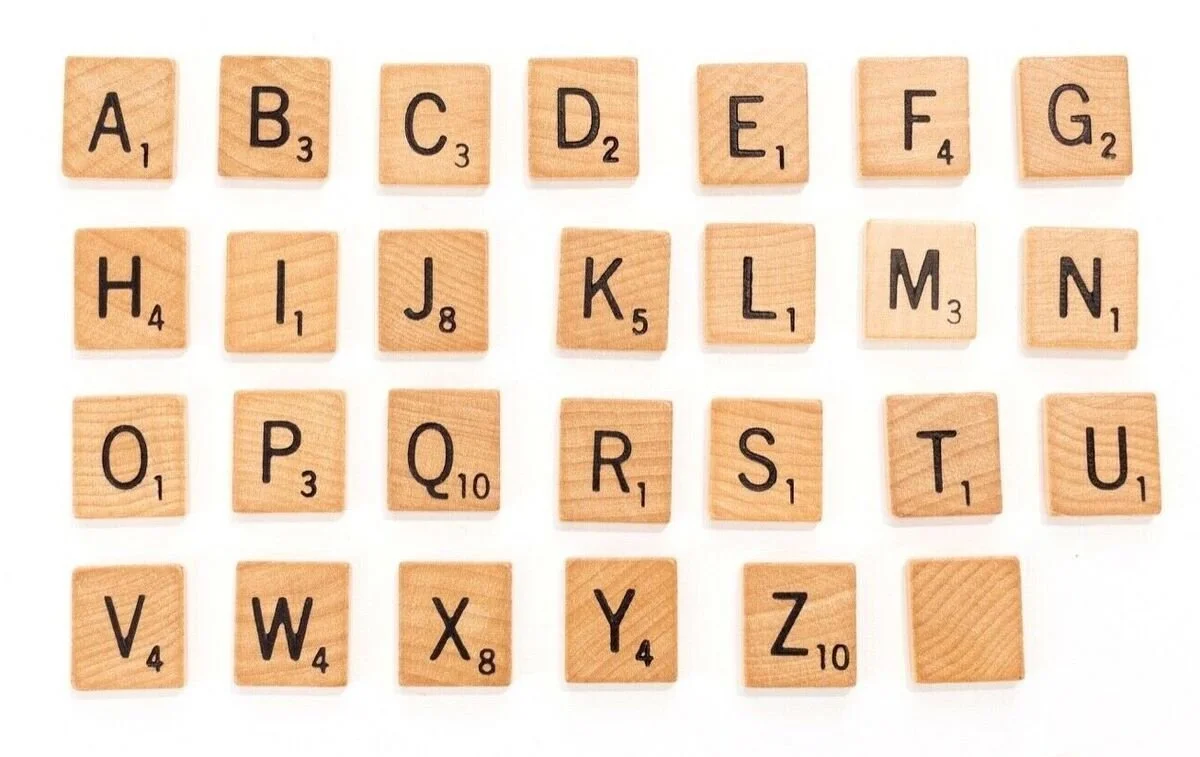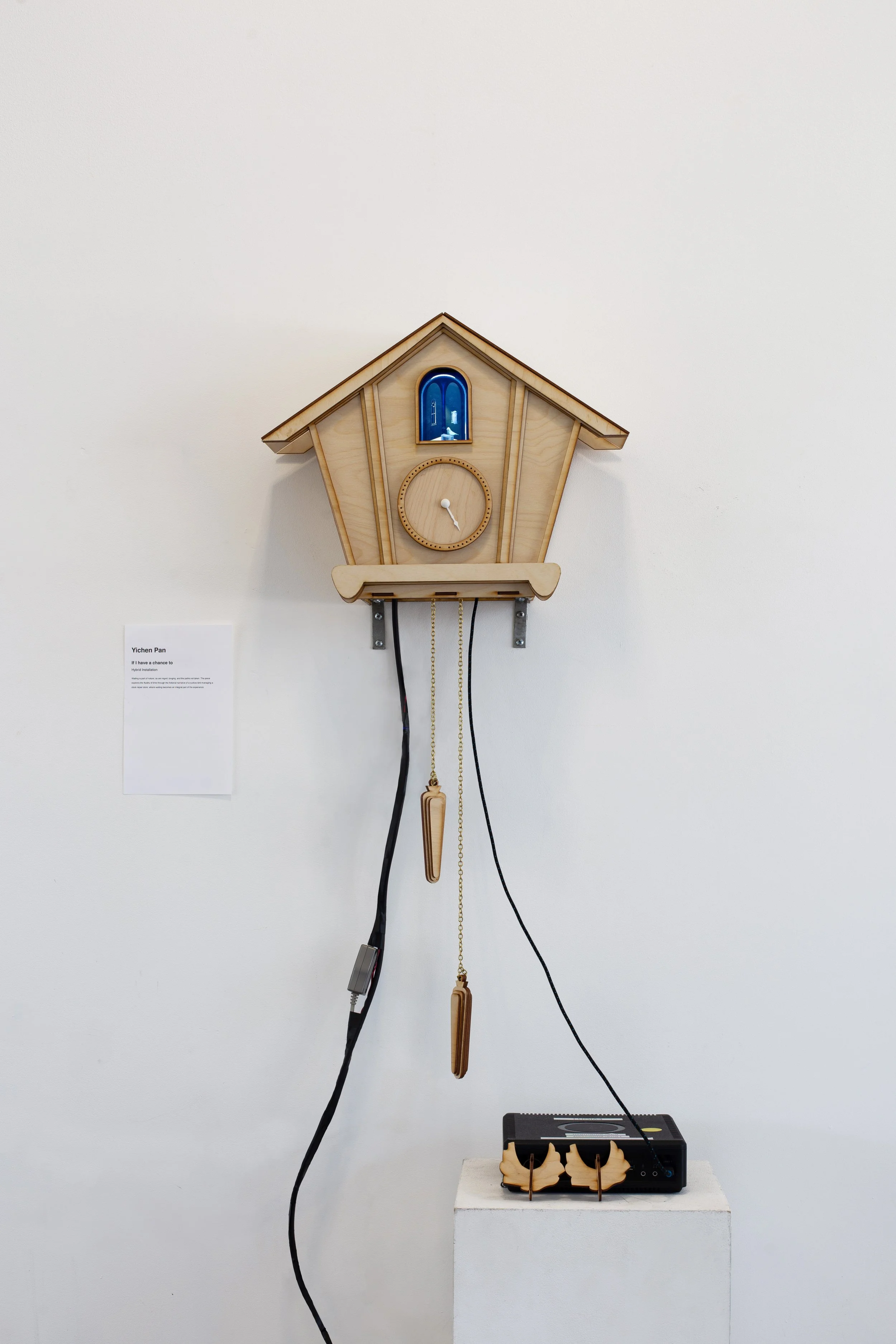Let’s look at the system at the first glance / what information we get very first:
The information etched on tiles (Latin alphabets and numbers) suggest two systems: the English language system and the numerical system. Both of them contain a standard set of expressions that’s fundamental to writing and communication, which makes Scrabble a powerful learning game for vocabulary, math, and strategic thinking particularly among developing children. The aesthetic design really matches its educational nature. All the tiles are wood textured and polished. The warm color and round corners make it a game that’s friendly, accessible, and safe to play with kids.
Simple System - Scrabble
(2024)
Big gameplay potential in the simple system - Scrabble Analysis: How Scrabble inspire game design?
Scrabble is a word game consisting of 98 tiles, all of equal size and shape. Each tile has a blank back side, while the front features a capitalized letter in the center and a number as a footnote. Among those, two tiles have both sides blank, which serves as magic tiles and can be used as any letter. The dual sided nature of the tiles introduce a dynamic element of flipping and revealing the letter. Functionally, these tiles are lightweight and easy to shuffle, rearrange, and play on any flat surface. This flexibility allows the player to not only make words in horizontal rows, but also in vertical and diagonal rows like crossword puzzles.
Let’s look at the numerical distribution now. How are the elements distributed uneven ratio, and how are they correlating to each other?
The letter distribution in Scrabbles is designed to match their frequency of use in the English language. There’re 42 vowels and 54 consonants. With this balanced ratio, it’s almost unlikely that the player will draw only vowels or consonants in one turn. The number value of each tile also reflects the letter’s scarcity and importance in gameplay. For example, Z is 10pts and O is 1pts. Common consonants such as N, T, and R have more than 5 tiles each, which make them more accessible, while rarer letters such as K, Q, X, and Z only have one tile. It’s also worthy to note that blank tiles, with no letter or number at all, serve as placeholders. Players get infinite flexibility with them, but the tradeoff is that they are worth zero points.
Finally, let’s look at these systems themselves and bounce off some interesting mechanics by pulling balance or imbalance elements - new systems are formed.
Scrabble creates great potential for play, because the two embedded systems discussed above can be translated into various gameplay goals that affect the player’s strategy:
Leveraging the language system, if the goal is to make words around a theme, the underlying rule is semantics, which includes understanding contexts and making connections. If the goal is to make synonyms or antonyms around a given word, it smoothly embeds the learning of prefixes, roots, and suffixes.
Leveraging the number system, Scrabble helps with learning counting and strategic thinking. If the goal is to get higher points, more valuable tiles are prioritized - ZOO is worth 7 more points than BOO using the same number of tiles. If the goal is to minimize unused tile points, players must efficiently use all their tiles, practicing resource allocation. If the goal is to make as many 10-pts words as possible, the primary strategy involves quick counting and spelling. Additionally, numbers as value introduce economic concepts into the game, such as trading, which adds another dynamic layer to the system. If tile trading is involved, players must balance their immediate needs and potential loss, and think of opportunity cost of each trade. Then the player’s strategy will heavily rely on decision-making and resource management.
See related project: Camalot


